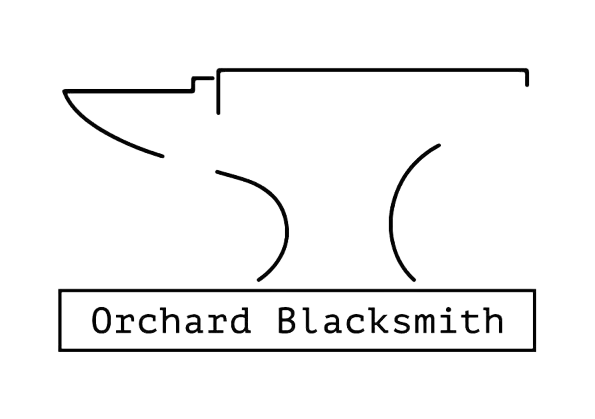Twists, Scrolls, and Sparks: Inside the Art of Iron Decoration
When most people think of blacksmithing, they picture sparks flying, heavy hammers, and rough tools—but there’s another side to the forge: elegance, creativity, and fine detail. Welcome to the world of decorative ironwork, where metal isn’t just functional—it’s beautiful.
What Is Decorative Ironwork?
Decorative ironwork is the art of shaping metal—usually wrought iron or mild steel—into aesthetically pleasing designs. You’ll find it in:
Ornate railings, gates, and balconies
Curled hooks, sconces, and shelf brackets
Intricate furniture, lighting fixtures, and garden art
Custom signs, monograms, or coat racks
This style often includes scrolls, twists, leaf motifs, and other natural or geometric patterns. Every piece tells a story, combining skill, design, and a little sweat.
Tools of the Trade (and the Imagination)
While the tools of decorative blacksmithing are similar to traditional forging—anvils, hammers, tongs, and a forge—there’s often a greater emphasis on precision shaping:
Scrolling jigs to form perfect curves and spirals
Fullers and chisels for texture and groove work
Texturing hammers to add character to a surface
Forge welds to invisibly join multiple pieces into a flowing design
The difference lies not in what you use—but in how you use it.
The Balance Between Function and Beauty
What makes decorative ironwork so special is its dual purpose. A gate isn’t just a gate—it becomes a focal point of a garden. A fireplace screen can become a family heirloom. Even a simple wall hook gains presence when it’s forged by hand with an artistic eye.
That balance between form and function is what defines decorative smithing. It's not just about making something that works—it's about making something worth looking at for decades.
Inspiration from Nature and History
Much of the beauty in decorative ironwork comes from nature: leaves, vines, animal motifs, and flowing lines. But it's also deeply influenced by architectural eras—Gothic, Baroque, Victorian, and Art Nouveau styles all left their mark on ornamental iron.
Walk through a historic city and look closely—you’ll see blacksmiths' signatures everywhere, from handrails to door knockers. These designs still inspire modern smiths today.
Want to Try It Yourself?
If you're a beginner blacksmith or metalworker looking to explore decorative work, here’s where to start:
Learn the basics – Understand metal movement and heat control.
Master scrolls and twists – They're the foundation of many decorative pieces.
Build simple projects – Try a wall hook, trivet, or bottle opener with a decorative twist.
Study existing designs – Museums, books, and architecture offer endless inspiration.
Don’t rush the finish – Wire-brushing, oiling, or waxing your piece gives it that final, polished feel.
Final Thoughts
Decorative ironwork reminds us that blacksmithing isn’t just about brute force—it’s about precision, patience, and passion. It bridges the gap between tool and art, utility and emotion. And whether you’re forging a grand gate or a tiny leaf hook, you’re part of a centuries-old tradition that transforms raw steel into something truly beautiful
